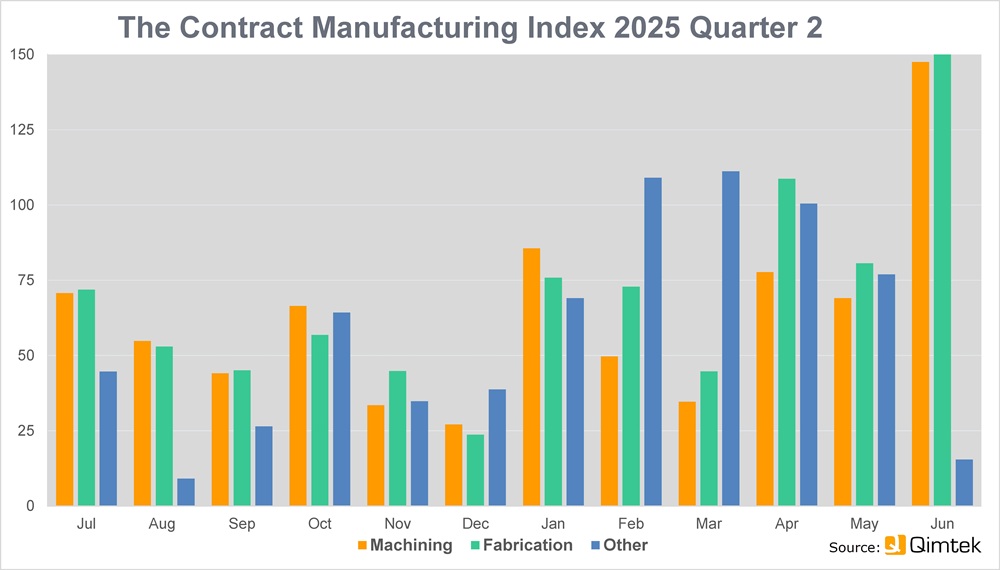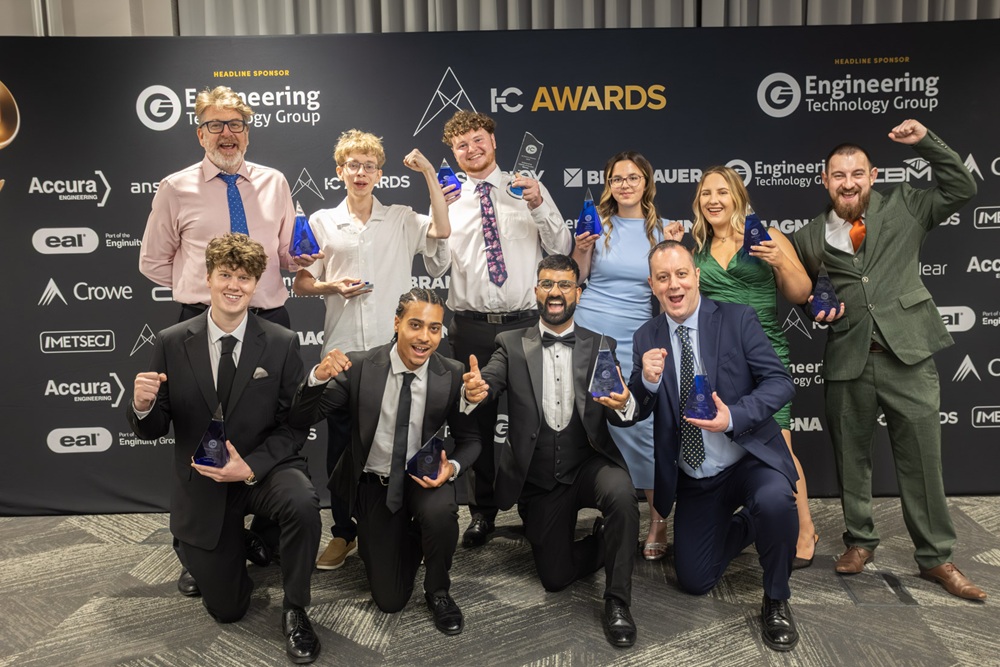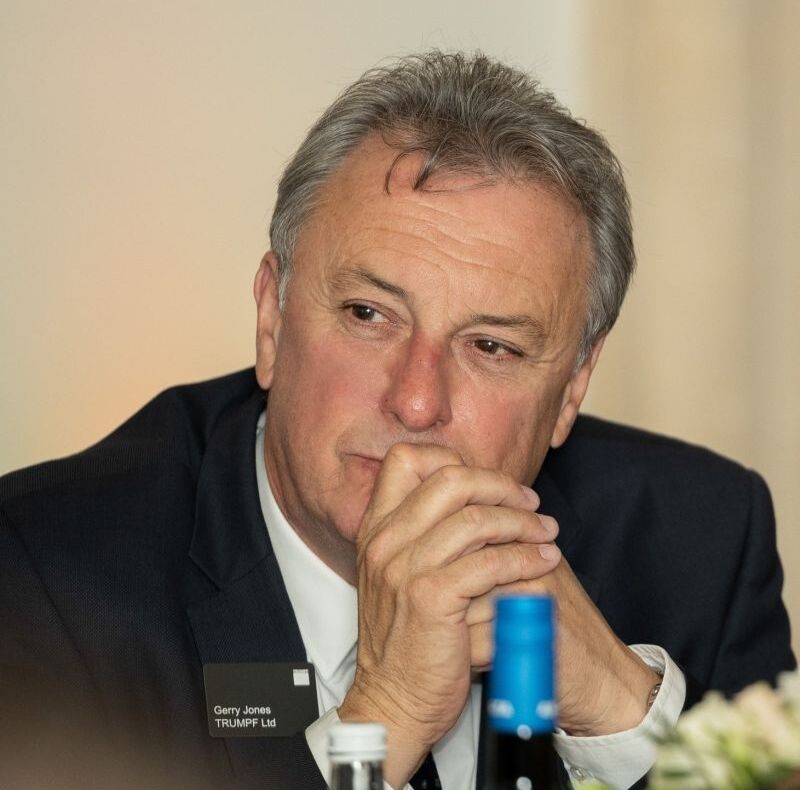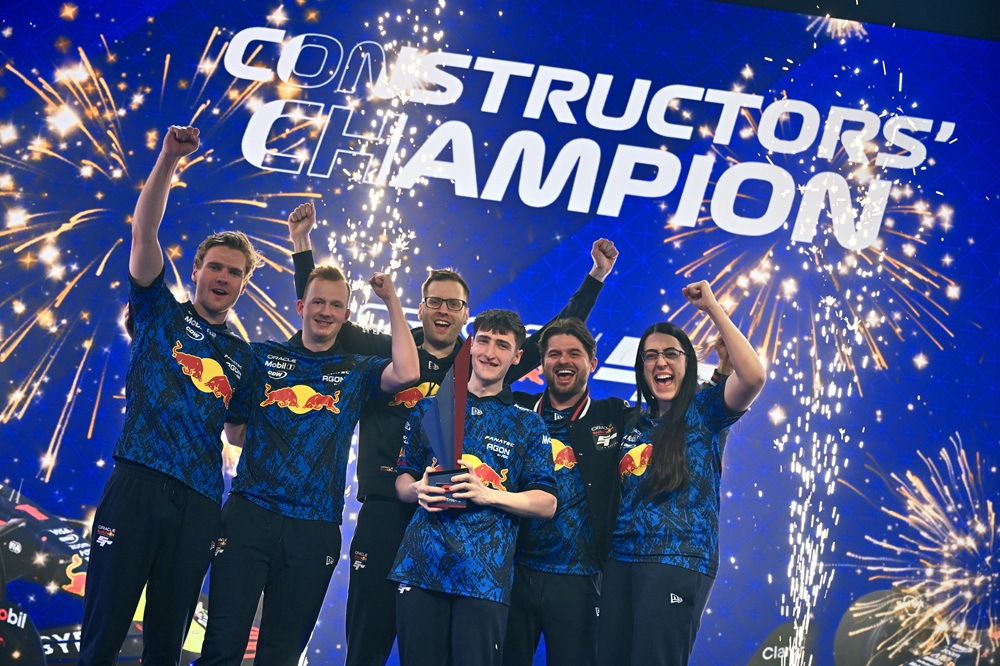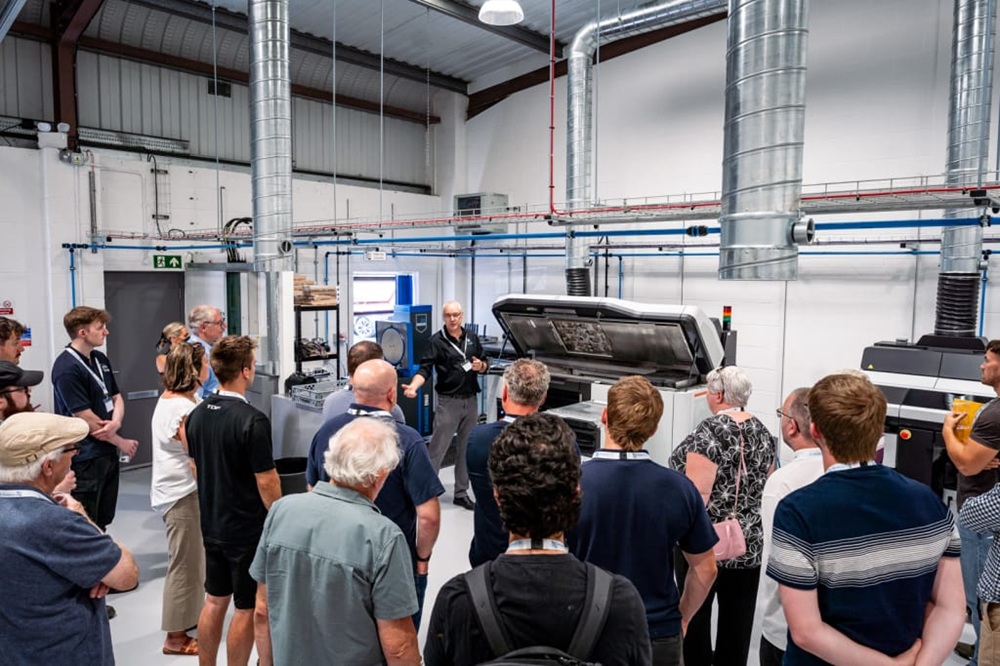The UK subcontract manufacturing market leapt ahead in the second quarter of 2025 as large buyers returned to the market with new projects. The signs are that there are more to come. The latest Contract Manufacturing Index (CMI) shows that the subcontract market was up 61% on Q1 20205, which was itself 50% up on Q4 2024.
Commenting on the figures, Qimtek owner Karl Wigart says: “It’s good to see the market up on the previous quarter; it finally seems to be getting up some momentum and shrugging off potential adverse factors. We’re hearing that there are more projects to come, but buyers are not sure when that will be. Hopefully this growth will continue in the next quarter.”
More information www.qimtek.co.uk






